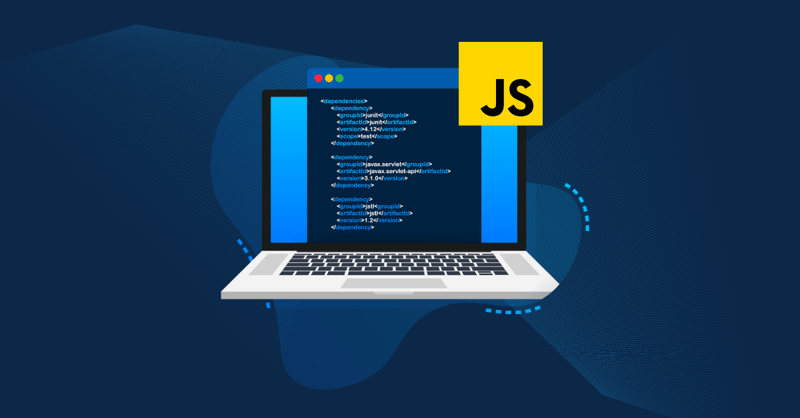

In JavaScript development, managing data efficiently is crucial. One common challenge developers face is handling duplicate values in arrays. This article will explore different methods to identify and eliminate duplicates, with a focus on both simple arrays and arrays of objects.
When working with arrays, duplicates can lead to incorrect results, inefficient processing, or unexpected behavior in applications. Therefore, it’s essential to implement a robust strategy to filter out duplicates effectively.
Let’s begin with a straightforward example. Suppose you have an array of numbers that contains duplicates:
let numberArray = [1, 2, 3, 3, 4, 5, 6, 5, 7, 10, 9, 9];
let uniqueNumbers = [];
for (let i = 0; i < numberArray.length; i++) {
let isDuplicate = false;
for (let j = 0; j < uniqueNumbers.length; j++) {
if (numberArray[i] === uniqueNumbers[j]) {
isDuplicate = true;
break;
}
}
if (!isDuplicate) {
uniqueNumbers.push(numberArray[i]);
}
}
console.log(uniqueNumbers); // Output: [1, 2, 3, 4, 5, 6, 7, 10, 9]
While this approach works, it is not optimal for larger datasets due to its O(n²) time complexity, which can slow down performance.
When dealing with arrays of objects, you may want to remove duplicates based on specific properties, such as an id field. Below is an example illustrating how to achieve this:
let userArray = [
{ id: 1, name: 'John' },
{ id: 2, name: 'Jane' },
{ id: 3, name: 'Bob' },
{ id: 3, name: 'Bob' }, // Duplicate
{ id: 4, name: 'Alice' },
{ id: 5, name: 'Eve' },
{ id: 5, name: 'Eve' }, // Duplicate
{ id: 6, name: 'Charlie' },
{ id: 7, name: 'David' },
{ id: 10, name: 'Edward' },
{ id: 9, name: 'Frank' },
{ id: 9, name: 'Frank' } // Duplicate
];
let uniqueUsers = [];
for (let i = 0; i < userArray.length; i++) {
let isDuplicate = false;
// Compare based on the 'id' property
for (let j = 0; j < uniqueUsers.length; j++) {
if (userArray[i].id === uniqueUsers[j].id) {
isDuplicate = true;
break;
}
}
// If it's not a duplicate, add the object to the unique array
if (!isDuplicate) {
uniqueUsers.push(userArray[i]);
}
}
console.log(uniqueUsers);
For larger datasets, a more efficient approach is to use a map or object to keep track of seen identifiers. Here’s a refined example:
let numberArray = [1, 2, 3, 3, 4, 5, 6, 5, 7, 10, 9, 9];
let uniqueNumbers = [];
for (let i = 0; i < numberArray.length; i++) {
let isDuplicate = false;
for (let j = 0; j < uniqueNumbers.length; j++) {
if (numberArray[i] === uniqueNumbers[j]) {
isDuplicate = true;
break;
}
}
if (!isDuplicate) {
uniqueNumbers.push(numberArray[i]);
}
}
console.log(uniqueNumbers); // Output: [1, 2, 3, 4, 5, 6, 7, 10, 9]
Handling duplicates in arrays is a vital skill for any JavaScript developer. By employing the methods discussed in this article—ranging from basic iterations to optimal solutions using maps or objects—you can efficiently manage data and ensure your applications run smoothly.
By understanding the structure of your data and choosing the right technique, you can enhance performance and maintainability in your projects. The optimal approach, in particular, allows for scalability, which is crucial as your datasets grow.
Feel free to adapt these examples to suit your application’s needs and keep your codebase clean and efficient!
The above is the detailed content of Handling Duplicates in JavaScript Arrays: Techniques and Best Practices. For more information, please follow other related articles on the PHP Chinese website!




